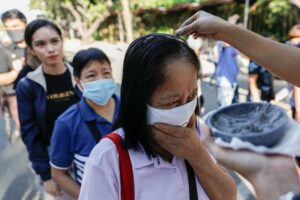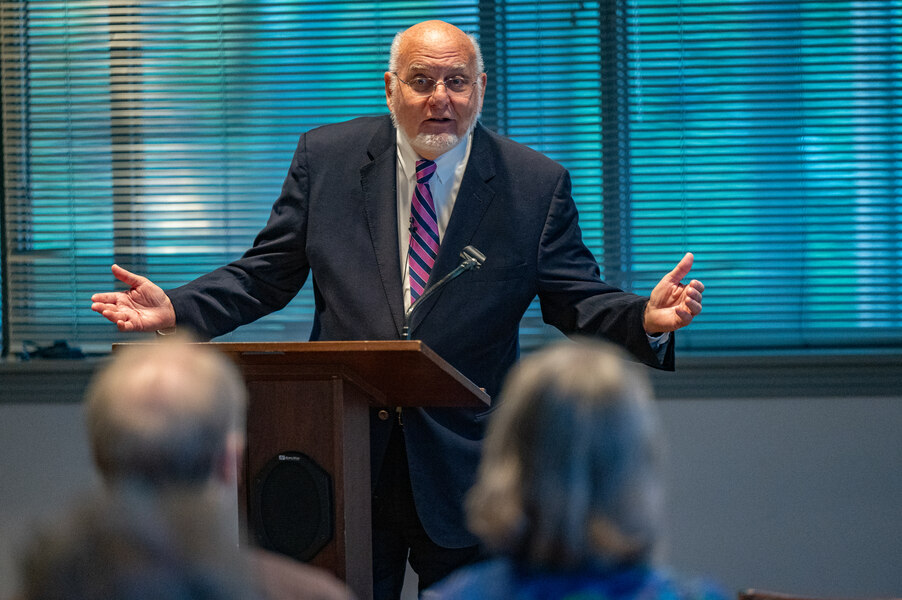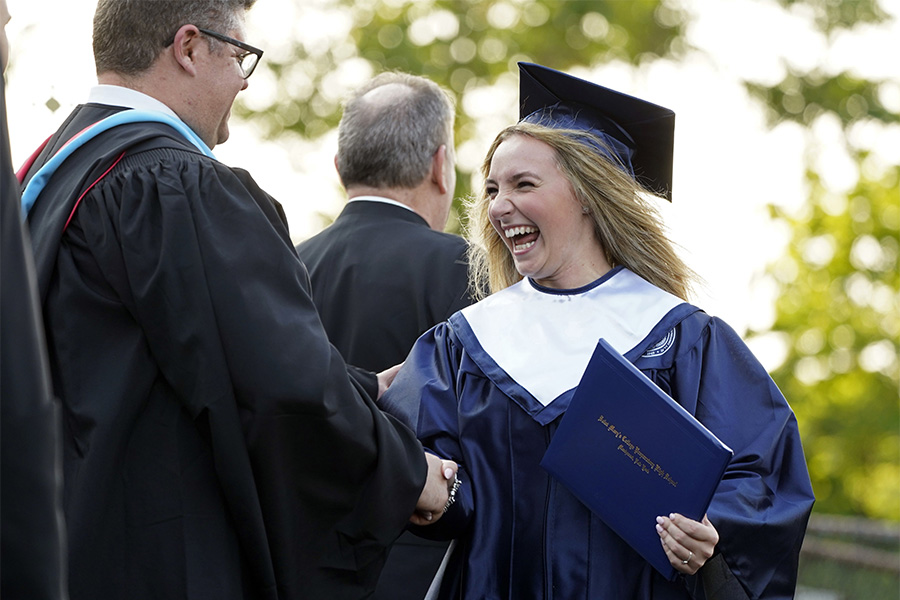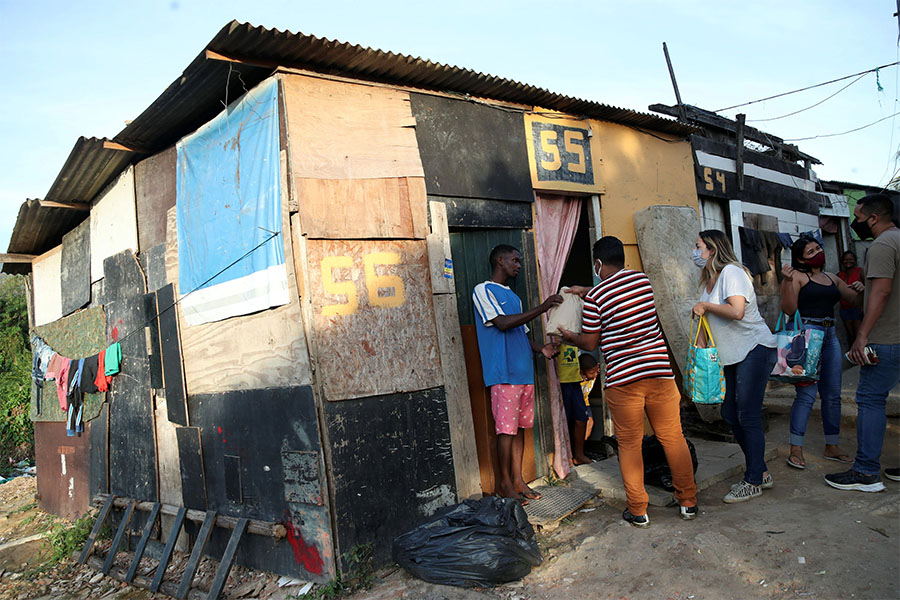Upcoming liturgies in the winter and spring in the Archdiocese of Baltimore will continue to be affected by restrictions related to the coronavirus pandemic, including traditional celebrations of the feast of St. Blaise, Ash Wednesday and Palm Sunday.
The archdiocese released guidelines Jan. 13 for the upcoming season that includes Ordinary Time and Lent.
While the country waits for widespread distribution of coronavirus vaccines, the archdiocese continues limiting the number of people to attend liturgies and the dispensation from the obligation to attend Mass on Sunday or holy days of obligation.
The blessing of throats for the Feb. 3 feast of St. Blaise will be done without the use of a pair of crossed candles at the throat of each parishioner. Instead, a priest or deacon can offer a blessing by extending hands without the candles. In the absence of a priest or deacon, a lay person can say the prayer without making the sign of the cross.
Following guidelines released by the Vatican Congregation for Divine Worship and the Sacraments, the archdiocese will follow precautions for Ash Wednesday that include sprinkling ashes over the head of each person who comes forward, rather than the priest, deacon or lay minister making a cross on each forehead.
At the beginning of the distribution of ashes, the priest will address those present and recite once one of the formulas – “Repent, and believe in the Gospel” or “Remember that you are dust, and to dust you shall return.” The priest or minister will cleanse his or her hands, put on a face mask and distribute the ashes.
According to Catholic News Service, sprinkling ashes on the top of people’s heads, rather than marking foreheads with ashes, is the customary practice at the Vatican and in Italy. Given the spread of the coronavirus, the practice has the advantage of not requiring the priest to touch multiple people.
The Rite of Election and Call to Continuing Conversion, in which those who are coming into full communion with the church or are going to be baptized and confirmed are formally welcomed on the first Sunday of Lent. Typically, the rite is held at the Cathedral of Mary Our Queen and a couple other locations, usually in western Maryland and Anne Arundel County. Last year, the March 1 events were the last major archdiocesan liturgical celebrations before the pandemic restricted attendance at religious services.
For 2021, Archbishop William E. Lori has delegated to pastors and priests or deacons who are parish administrators the faculty to celebrate this liturgy in their parishes.
Holy Week services will be affected as well.
Parishes will still be able to distribute palms at Masses on Passion/Palm Sunday March 28, but the palms will be on tables with hand sanitizer stations nearby so that each parishioner can sanitize his or her hands before picking up a palm frond. Parishioners must be sure to take the palm with them at the end of Mass.
The chrism Mass, postponed from Holy Week to September 2020, is anticipated for March 29, the Monday of Holy Week, its traditional date. Attendance will be limited and parish representatives will be able to pick up the blessed or consecrated sacramental oils. The oils are: the oil of the infirm, used for the anointing of the sick; the oil of catechumens, used in the preparation of catechumens for baptism; and sacred or holy chrism, used to anoint the newly baptized, seal candidates for confirmation, anoint the hands of presbyters, anoint the heads of bishops at ordination and to dedicate churches and altars. The first two oils are blessed; the chrism is consecrated by the archbishop.
The washing of the feet at the Holy Thursday Mass is always optional, but it will be allowed this year. “Those to have their feet washed must be seated six feet apart from one another,” according to archdiocesan guidelines. For churches that do not have sufficient space to distance 12 people in the sanctuary, the ritual allows for a representative number of people fewer than 12.
Veneration of the Cross will be permitted as part of Good Friday liturgies, using the same guidelines as for Communion processions, including 6-foot distancing. “Kissing the cross is not allowed. Those who venerate should do so only with a bow or genuflection,” the guidelines say.
The Sacraments of Initiation – in which those who have gone through the Rite of Christian Initiation of Adults or the parallel process for teens may be baptized and confirmed and receive first holy Communion – may be celebrated at the Easter Vigil this year, assuming all usual COVID restrictions are observed.
Parishes are expected to continue to use sign-ups and advance registration for Lent, Holy Week and Easter liturgies.
Email Christopher Gunty at editor@CatholicReview.org.
Also see
Copyright © 2021 Catholic Review Media






